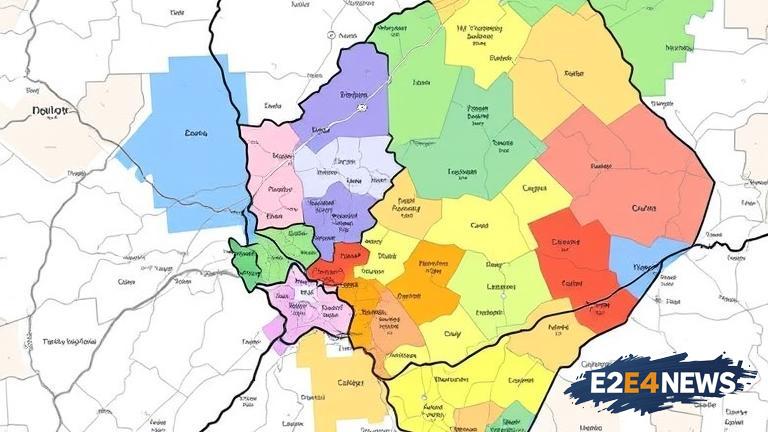The Howard County school system in Maryland is in the process of redistricting, which involves reassigning students to different schools to address issues of overcrowding and diversity. The plan, which was proposed by the school district, aims to reduce the number of students at overcrowded schools and increase diversity by redistributing students from predominantly white and affluent areas to schools with more diverse populations. However, the proposal has sparked controversy among parents and community members, with some expressing concerns about the potential impact on their children’s education and others arguing that the plan does not go far enough to address issues of segregation and inequality. The redistricting plan has been in the works for several months, with school officials holding public meetings and gathering feedback from the community. Despite the efforts to engage with the public, many parents and community members feel that their concerns have not been heard and that the plan has been rushed through without sufficient consideration for the potential consequences. Some have expressed concerns about the potential impact on property values, with some arguing that the redistricting plan could lead to a decrease in property values in areas where students are being reassigned to different schools. Others have raised concerns about the potential impact on extracurricular activities and sports teams, with some arguing that the redistricting plan could lead to a disruption in team dynamics and a loss of school spirit. The school district has argued that the redistricting plan is necessary to address issues of overcrowding and diversity, and that it will ultimately benefit the community as a whole. However, many parents and community members remain skeptical, and some have called for the school district to slow down the process and consider alternative solutions. The controversy surrounding the redistricting plan has highlighted deeper issues of segregation and inequality in the Howard County school system, with some arguing that the plan does not go far enough to address these issues. Others have argued that the plan is a step in the right direction, but that more needs to be done to address the root causes of segregation and inequality. The debate over the redistricting plan has also raised questions about the role of school districts in addressing issues of diversity and inequality, and whether they have the power and resources to make meaningful changes. As the controversy continues to unfold, it remains to be seen whether the school district will be able to implement the redistricting plan as proposed, or whether it will be forced to make changes in response to community pressure. The outcome of the debate will have significant implications for the Howard County school system, and will likely set a precedent for other school districts facing similar issues. The redistricting plan has also sparked a wider conversation about the importance of diversity and inclusion in education, and the need for school districts to prioritize these values in their decision-making. Ultimately, the controversy surrounding the redistricting plan serves as a reminder of the complex and often contentious nature of education policy, and the need for school districts to engage with their communities in a transparent and responsive way.
